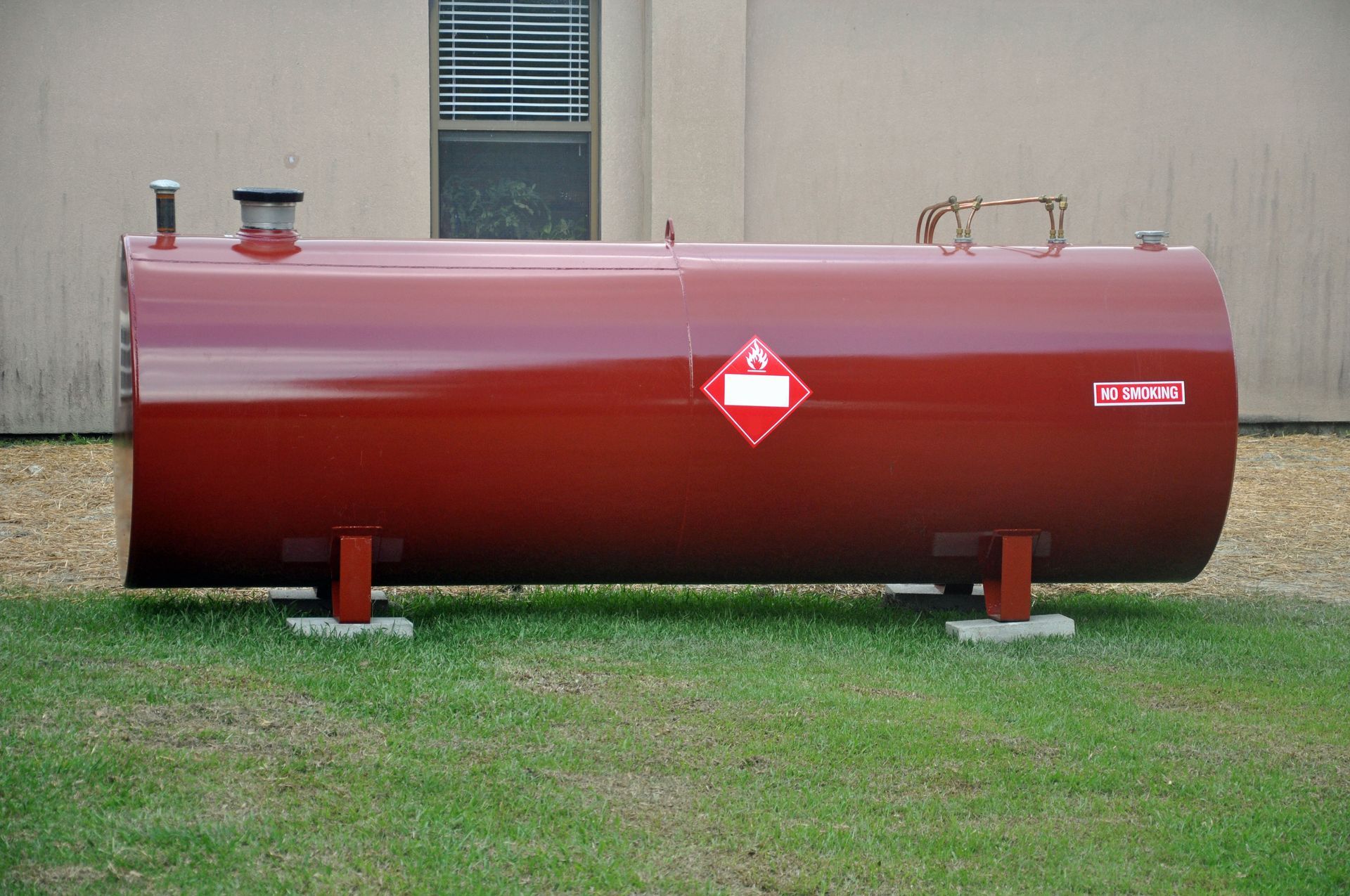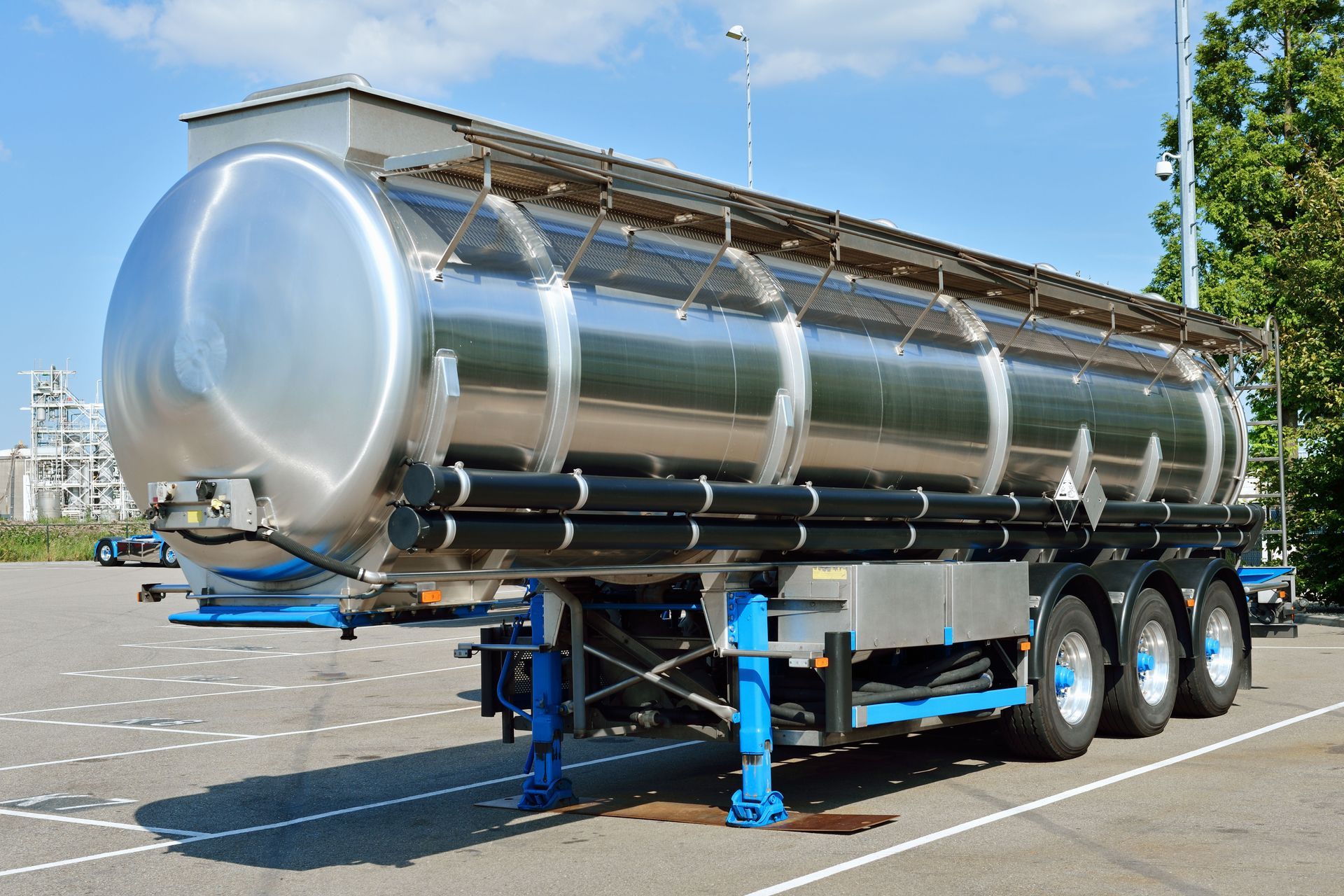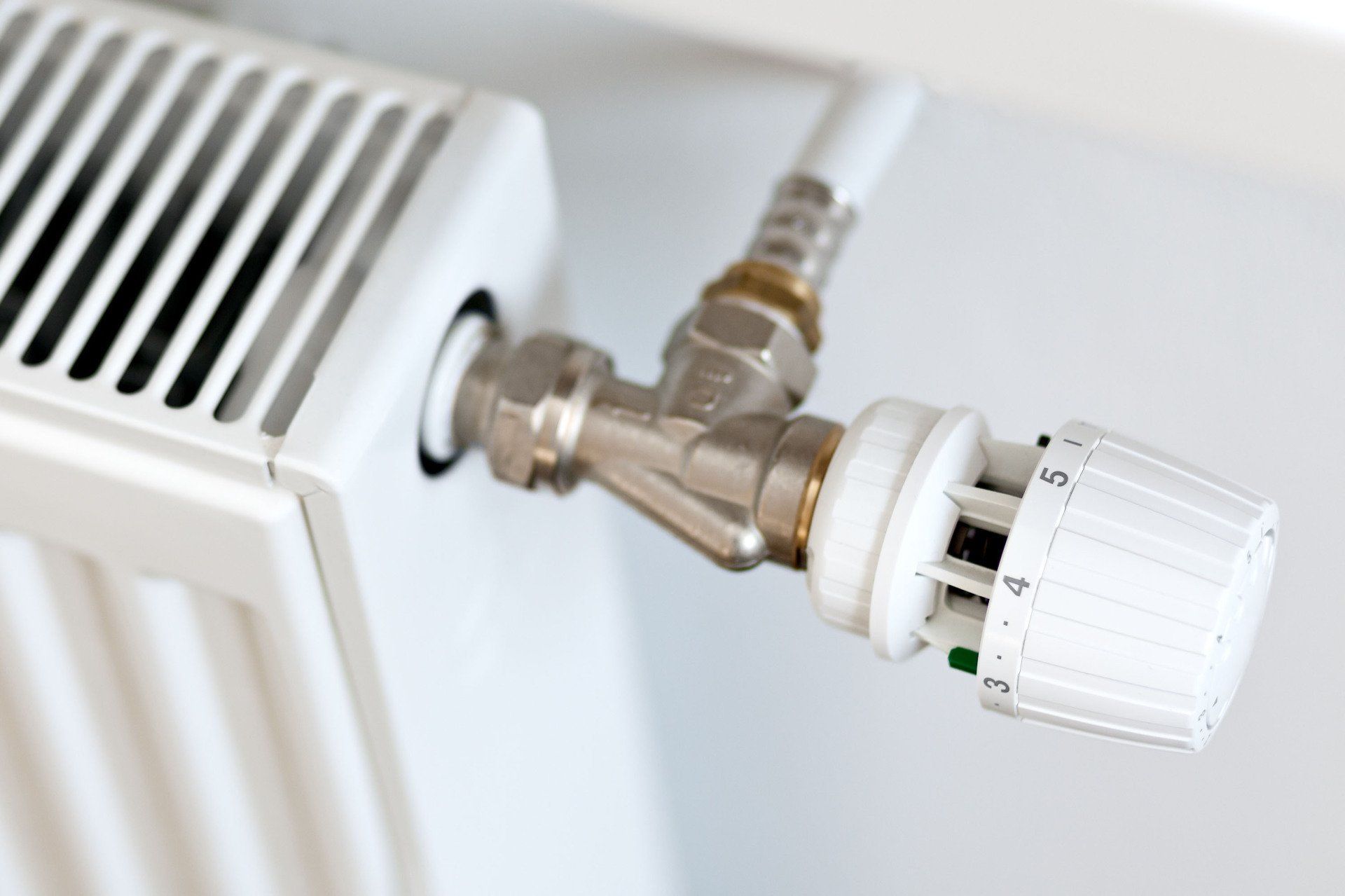How Does Home Heating Oil Actually Work?
You can hardly overlook how popular heating oil is in homesteads across the nation. According to the U.S. Energy Information Administration, approximately 5.5 million households across the U.S. relied on heating oil as the primary source of heating fuel. Further, this research indicates that about 81% of the population is from the U.S. Northeast census region, making it the most considerable number.
You could attribute these numbers to the benefits drawn from heating oil. Here's how it works.
Type of Heating Oil
There are two main types of heating oil: kerosene and gas oil. Kerosene is the most common type of heating oil used in households, thanks to its significant affordability. It is much lighter, making it easier to use for different applications. On the other hand, gas oil is heavier than kerosene and less clean. This heating oil comes in handy when dealing with boilers and various agricultural units.
Oil System Type
You could choose two central heating systems: water-based and warm air systems. The water-based system is the most popular, and it is divided into a hot water system and a steam system. The hot water system involves heated water circulating through radiators. In contrast, the steam system features steam that rises through the radiators. In the warm air system, the furnace heats the air.
The way the oil heat works will also vary with the type of heating system. Usually, you could have either a furnace or a boiler system. The boiler system relies on heated water to warm your home. This move allows the heated oil to move to the burner via a pump, heating the water used in your home. On the other hand, the furnace system uses hot air to heat water used in the household. This water moves through various radiators.
How the Heating Oil System Works
Regardless of the system, you are confident of particular elements: oil tank, filter, fuel pump, thermostat, and combustion chamber. While the home heating oil tank stores the oil, the filter helps remove sediment and debris. The fuel pump controls oil movement while the combustion chamber ignites the oil. You'll rely on the thermostat to measure temperature.
The combustion chamber ensures that the oil burns adequately. However, this does not mean that the oil leaves this chamber. Instead, the heat from this burning oil travels to the heat exchanger, where the heat comes in contact with water or steam.
In conclusion, the home heating oil system is integral in enhancing comfort within the household. As long as you have a functional heating oil system, you are confident of enough heated water in the home.







Share On: